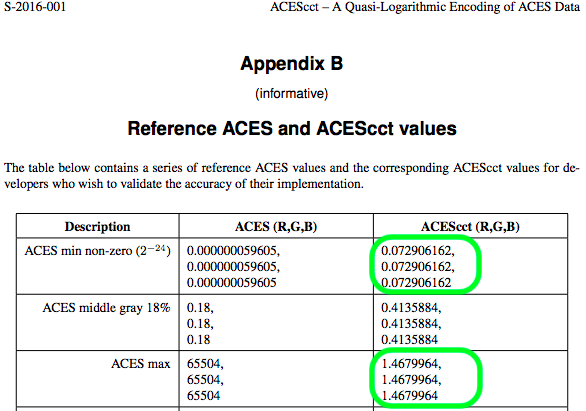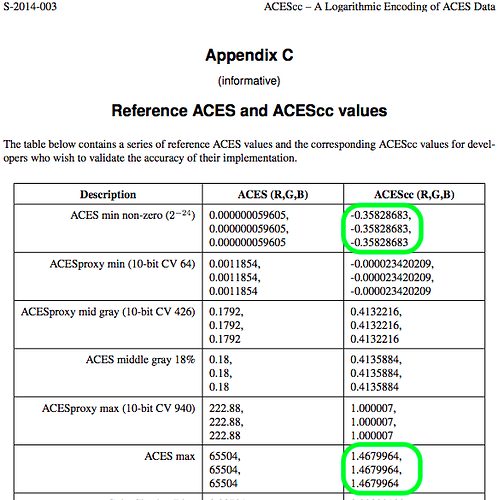Dear all,
The company I work for would like:
• To find an existing LUT-format that actually contains three combined LUTs: 1D shaper LUT + 3D LUT + Inverse 1D shaper LUT;
• To be able to export that general LUT, representing the grade without IDT nor RRT+ODT, from Resolve as well as from Daylight/Baselight;
• That general LUT to expect ACEScct AP1 as input as well as output;
• To use that general LUT in the viewing path of The Foundry’s Nuke as follows: (ACEScg AP1 > ACEScct AP1) > (that general LUT’s 1D shaper LUT) > (that general LUT’s 3D LUT) > (that general LUT’s Inverse 1D shaper LUT) > (ACEScct AP1 > ACEScg AP1).
Because: If only using a single 3D LUT without any shapers, only the partial range 0-1 is preserved of the larger -0.35828683 to +1.4679964 ACEScc range!
The question: Please, which are the LUT export settings in Resolve as well as in Daylight/Baselight – today, not in the future – to achieve the above goals?
Kindly, Lars HAGLUND
Stockholm, September 13, 2020
…
Background:
See https://github.com/ampas/aces-dev/tree/master/documents and, regarding ACEScc, http://j.mp/S-2014-003.
That general LUT’s 1D shaper must be able to pick the range -0.35828683 to +1.4679964 and downscale (squeeze) that picked range into the 0 to 1 range that the subsequent “3D LUT” accepts.
In principle:
See https://github.com/ampas/aces-dev/tree/master/documents and, regarding ACEScct, http://j.mp/S-2016-001.

Note: As the ACEScct min non-zero, +0.072906162, is “higher up” than ACEScc min non-zero, -0.35828683, the very same “1D shaper LUT” and “Inverse 1D shaper LUT” can, and should for simplicity, be used regarding both ACEScc and ACEScct – i.e. a “1D shaper LUT” that picks the -0.35828683 to +1.4679964 range (based on ACEScc).
That general LUT’s Inverse 1D shaper must upscale (stretch) the 0 to 1 range, coming out from the “3D LUT”, back to the -0.35828683 to +1.4679964 range.
In principle:
(End)


